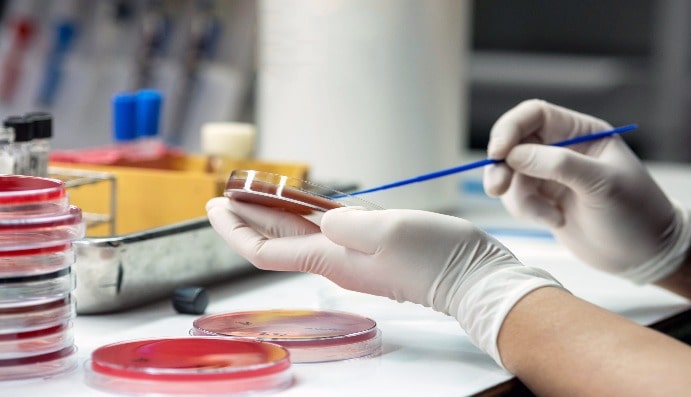
BLOG
KATEGORİDEKİ DİĞER YAZILAR

Endotoxin can be defined as a component of the outer membrane of gram-negative bacterial cells. In short, it is a lipopolysaccharide found in the cell wall of gram-negative bacteria. It is found in environments such as water and air where gram-negative bacteria live and continues to exist even if the bacteria die. It is a pyrogen that causes various biological reactions even if it enters the body around 10-12 - 10-9 g.
Pyrogenic substances are harmful substances that can be produced by positive bacteria, mycobacteria, fungi and also viruses, causing high fever. However, pyrogens produced by gram-negative bacteria are particularly important for the pharmaceutical industry. Good examples of gram-negative bacteria that produce pyrogens are Escherichia coli, Proteus, Pseudomonas, Enterobacter and Klebsiella.
The LAL (Limulus Amebocyte Lysate) test is a specialized assay for the detection of these toxins and is performed with a reagent derived from horseshoe crab (Limulus polyphemus) blood.
Bacterial endotoxin determination is critical, especially in sterile and parenteral (by injection) drugs, medical devices and biotechnological products. It is imperative for patient safety that products are endotoxin-free, as endotoxin contamination can lead to life-threatening risks such as sepsis and toxic shock. LAL testing is therefore an essential part of quality control and regulatory requirements in the manufacturing process.
LAL testing is applied in products directly related to human health such as medical devices, vaccines, serum and dialysis solutions, especially in the pharmaceutical and biotechnology sectors. In particular, LAL analysis is mandatory for products that require sterility such as intravenous drugs, implants, surgical materials and ophthalmic solutions. It is also used for the validation of equipment used in water treatment systems and biotechnological production processes.
Nanolab Laboratories Group continues to provide services within the scope of Bacterial Endotoxin (LAL) Determination . We also provide services on In-vitro Tests.
Contact us for more information.
You can follow us on LinkedIn for up-to-date news and posts about our services.
Follow our Instagram account to be informed about our latest blog posts.